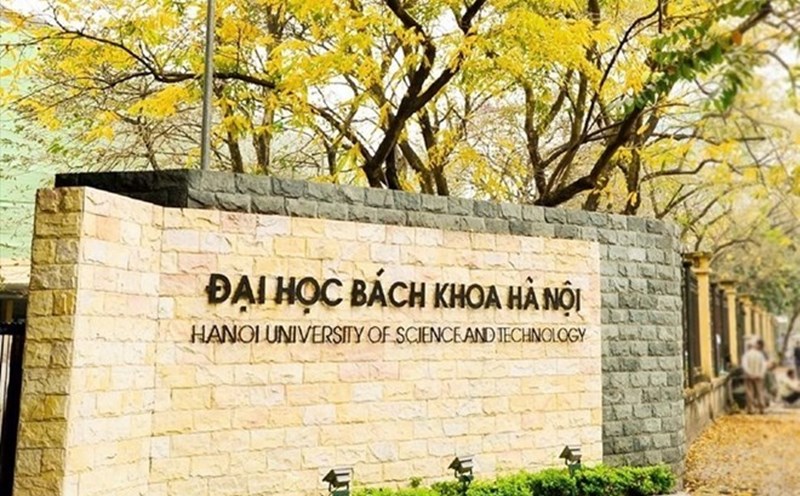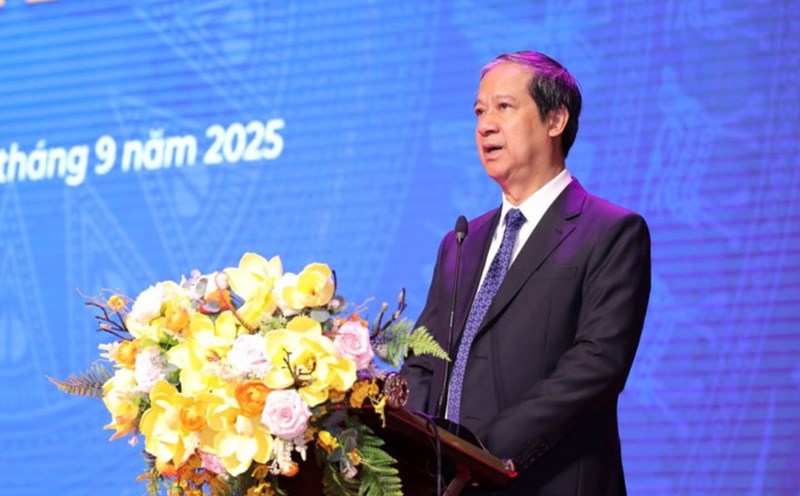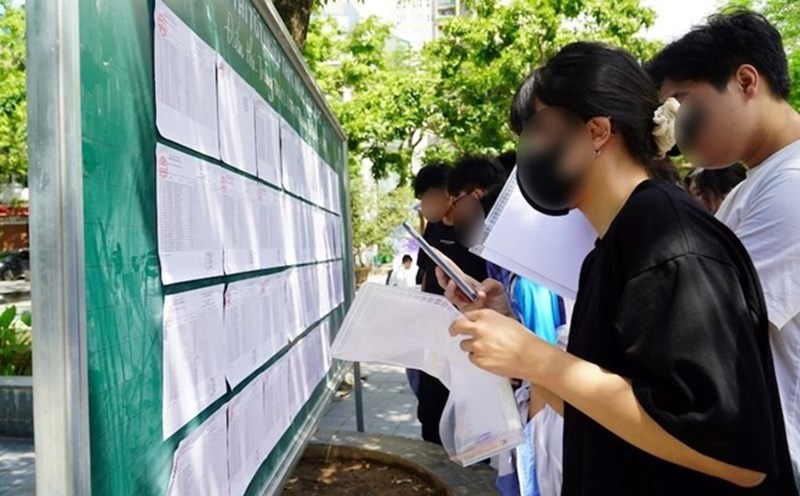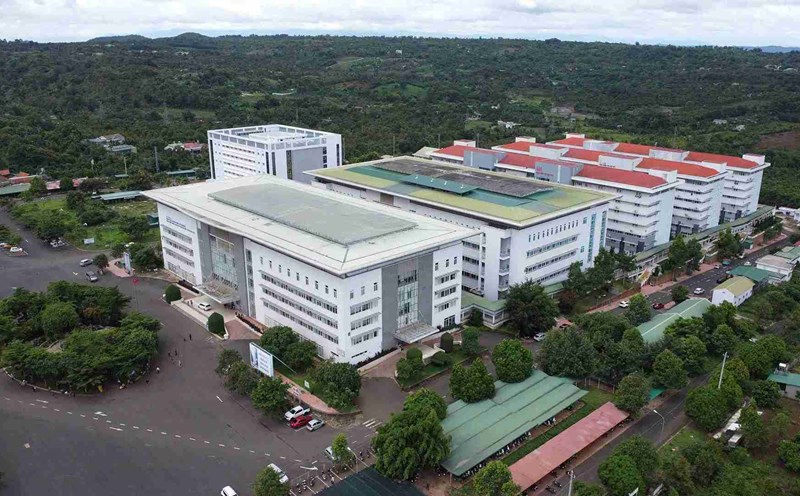World-renowned university rankings
When choosing a school, many students and parents around the world refer to the international university rankings to visualize the learning environment. In the world, three widely recognized assessment systems are QS Top Universities, Times Higher Education (THE) and Shanghai Ranking ARWU.
WU AR, also known as Academic Ranking of World Universities, is published by the Center for World-class Universities under the Shanghai University of Transport. Initially, this ranking was only created to rank Chinese schools, but ARWU quickly became the global standard. Each year, more than 1,800 schools are evaluated, and the top 1,000 will be announced.
The THE Rankings were established in 2004, focusing on research and are published annually. This ranking is divided into 5 areas: Teaching, research, scientific citations, international prospects and income from the industry. Nearly 1,400 universities worldwide are listed annually by THE.
Another prestigious ranking is QS Top Universities. This is a ranking that was once associated with THE but later separated and is now also a prominent independent ranking. Every year, QS reviews 5,500 different universities in the world, of which the top 1,000 are publicly announced.
How to "come in" the world's top schools
In essence, university rankings are a synthesis of many factors to reflect the comprehensive quality of a school.
Popular criteria include academic reputation, employability after graduation, lecturer/student ratio, international lecturer ratio, international student ratio, research activities, global citation level and student satisfaction.
When combined, these factors help outline where the school is strong and whether it is suitable for learners' needs.
For example, a school may not be too high in the overall rankings but may stand out in international research or cooperation. On the contrary, some criteria that learners take seriously, such as the ratio of lecturers to students, only play a small role in the scoring method, causing the results to not fully reflect.
With ARWU, this system is based on six objective criteria such as the number of Nobel prizes and the Fields Medal, the number of highly cited researchers, the number of publications in Nature and Science, the number of articles in scientific databases, and the average per capita performance.
Meanwhile, THE Rating Table assesses 5 main areas including teaching, research, scientific citations, international prospects and income from industry.
Finally, the QS university rankings are based on six criteria: Academic reputation, reputation with employers, reputation of lecturers/students, number of citations per lecturer, international lecturer and international student ratio.
These rankings also open up a broader perspective when comparing schools in many different fields. Some schools are strong in international cooperation, while others have advantages in the ability to create jobs for students. Being present in prestigious rankings means that the school has achieved a standard level of education, research and integration quality.











